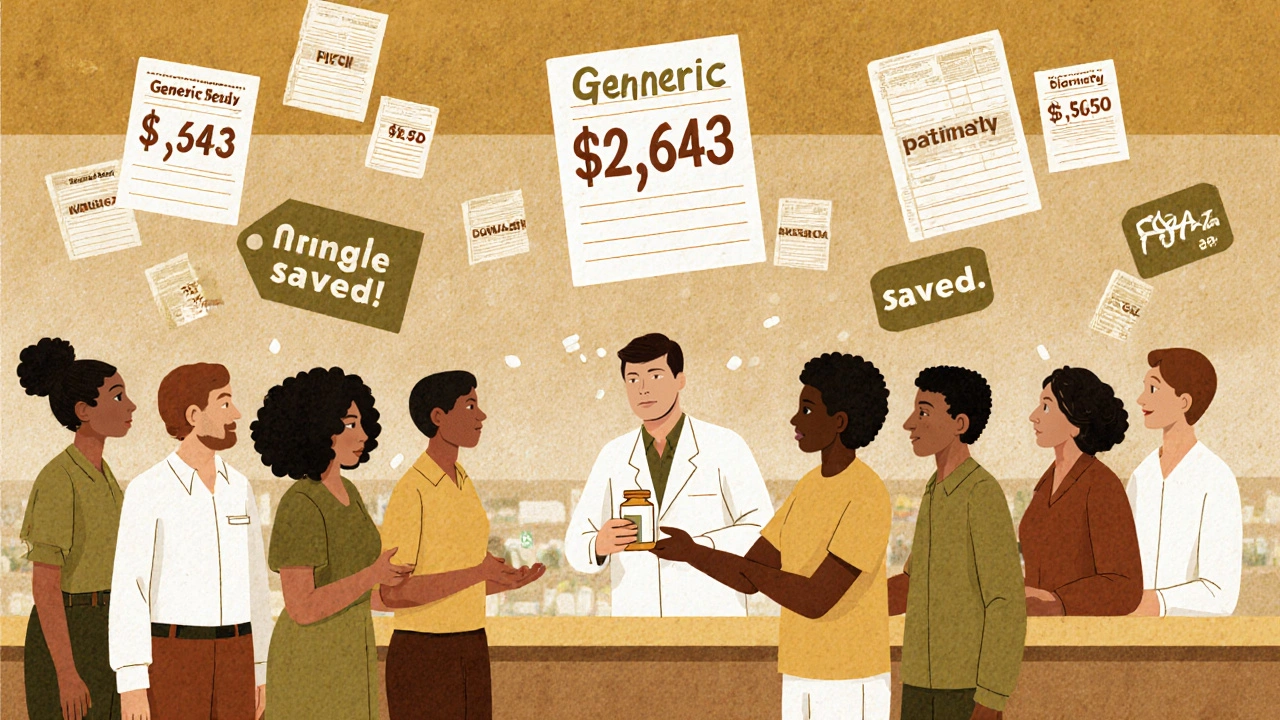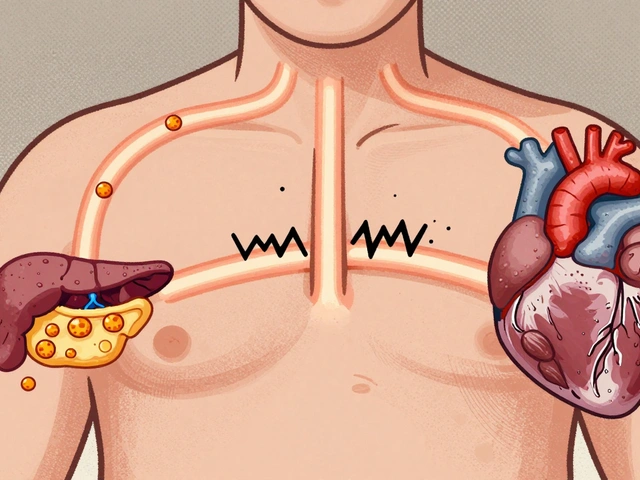Generic Substitution: What It Is and Why It Matters for Your Medications
When your doctor writes a prescription, you might get a pill that doesn’t have the name you recognize. That’s generic substitution, the practice of replacing a brand-name drug with a chemically identical version made by a different company. Also known as drug interchangeability, it’s a standard part of modern pharmacy practice—and it can cut your costs by up to 80%. This isn’t a loophole or a compromise. The FDA and similar agencies around the world require generic drugs to match the brand-name version in active ingredients, strength, dosage form, and how fast they work in your body. If a generic passes these tests, it’s considered bioequivalent—meaning your body handles it the same way.
But not all substitutions are automatic. Some medications, like blood thinners, thyroid drugs, or epilepsy treatments, need extra care because small differences in how they’re absorbed can matter. That’s why pharmacists often check with your doctor before switching you on these. And while generics are cheaper, they’re not always the same pill you’ve been taking for years. The fillers, coatings, and inactive ingredients can change, which sometimes causes minor side effects like stomach upset or dizziness. If you notice something new after a switch, tell your pharmacist or doctor. It’s not always the drug itself—it could be the brand of inactive ingredients.
Generic substitution isn’t just about saving money. It’s about making treatment accessible. Millions of people rely on generics to afford their daily meds, especially for chronic conditions like high blood pressure, diabetes, or depression. In fact, over 90% of all prescriptions filled in the U.S. are for generics. But knowing when to accept a switch—and when to push back—is key. Some brands are protected by patents, so you won’t see a generic yet. Others have complex formulations that make generics harder to copy, like extended-release pills or inhalers. That’s why you’ll see posts here about drugs like azathioprine, an immunosuppressant used for lupus, or metformin, a common diabetes drug, and how their generic versions compare in real-world use.
What you’ll find in this collection are real stories and facts about how generic substitution plays out in practice. From older adults managing polypharmacy to parents giving kids cheaper alternatives, these posts break down the risks, the savings, and the hidden traps. You’ll learn why some people switch without issue, while others need to stick with the brand. You’ll see how drug interactions can change with a generic switch, and how aging or pregnancy can make a difference. No fluff. Just clear, practical info from people who’ve been there.

- Nov 16, 2025
- Posted by Cillian Osterfield
Global Perspectives on Generics: How Countries Control Drug Costs and Keep Medicines Affordable
Global policies on generic drugs vary widely-from price controls in China to substitution laws in Europe. Learn how countries balance affordability, quality, and access to keep essential medicines available.
Categories
- Health and Wellness (57)
- Medications (39)
- Health and Medicine (22)
- Pharmacy Services (10)
- Mental Health (5)
- Health and Career (2)
- Medical Research (2)
- Business and Finance (2)
- Health Information (1)
Latest Posts
©2025 heydoctor.su. All rights reserved





